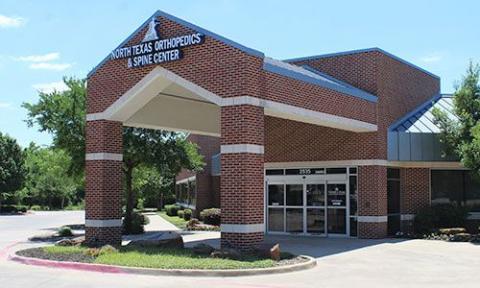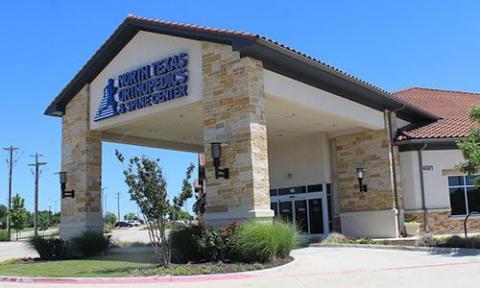Chronic pain can be a debilitating condition that significantly impacts quality of life. For those who have exhausted conservative treatment options, spinal cord stimulation (SCS) offers a promising solution. This innovative technology uses electrical impulses to interrupt pain signals, providing relief for various chronic pain conditions affecting the back, arms, and legs.

A spinal cord stimulator is an implantable device that sends low levels of electricity directly into the spinal cord to relieve pain. It consists of thin wires (electrodes) and a small, pacemaker-like battery pack (generator). The electrodes are placed in the epidural space of the spine, while the generator is typically implanted under the skin near the buttocks or abdomen.
SCS works by delivering mild electrical pulses to the spinal cord, effectively masking pain signals before they reach the brain. This interruption of pain signals can provide significant relief for patients suffering from chronic neuropathic pain. Patients can control the stimulation using a remote control, allowing them to adjust the intensity based on their pain levels.
Spinal cord stimulation is typically considered for patients who have:
It’s important to note that SCS is usually not a first-line treatment. It’s reserved for patients who have tried other pain management strategies without success.
The implantation of a spinal cord stimulator involves two stages:
The permanent implantation procedure usually takes 1-2 hours and is typically performed as an outpatient procedure.
Spinal cord stimulation offers several potential benefits:
Studies have shown that about half of the patients who receive SCS experience more than a 50% improvement in their pain levels.
While SCS is generally safe, there are some potential risks and complications to consider:
It’s crucial to discuss these potential risks with your healthcare provider before deciding to proceed with SCS.
After implantation, patients will need to make some lifestyle adjustments. These may include:
With proper care and management, many patients find that the benefits of SCS far outweigh these minor inconveniences.
Spinal cord stimulation represents a significant advancement in the treatment of chronic pain. For those who have struggled with persistent pain and found little relief from other treatments, SCS offers hope for improved pain management and a better quality of life. If you’re considering SCS, consult with a pain specialist to determine if this treatment option is right for you.
Remember, while SCS can provide substantial pain relief, it’s part of a comprehensive pain management strategy. Combining SCS with other treatments, such as physical therapy and lifestyle modifications, often yields the best results in managing chronic pain.
See why our patients love our physicians, quality of care, and amazing results.
*Based on Independent Market Research


© 2024, North Texas Orthopedics & Spine CENTER. All rights reserved.